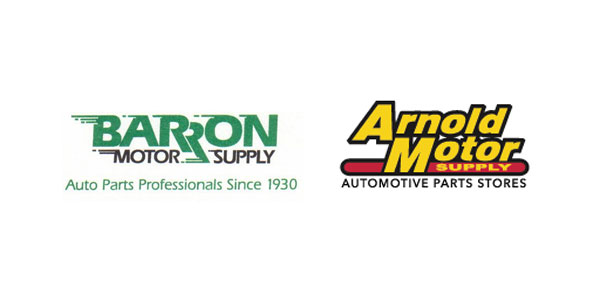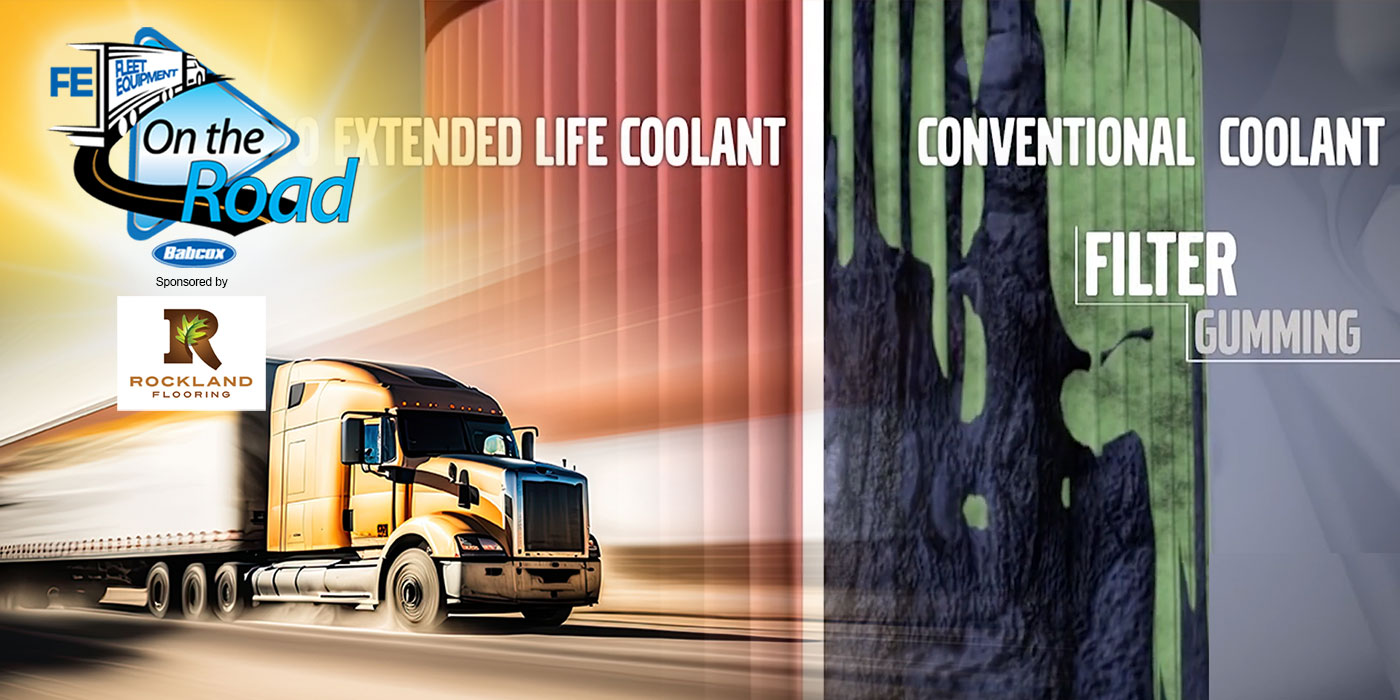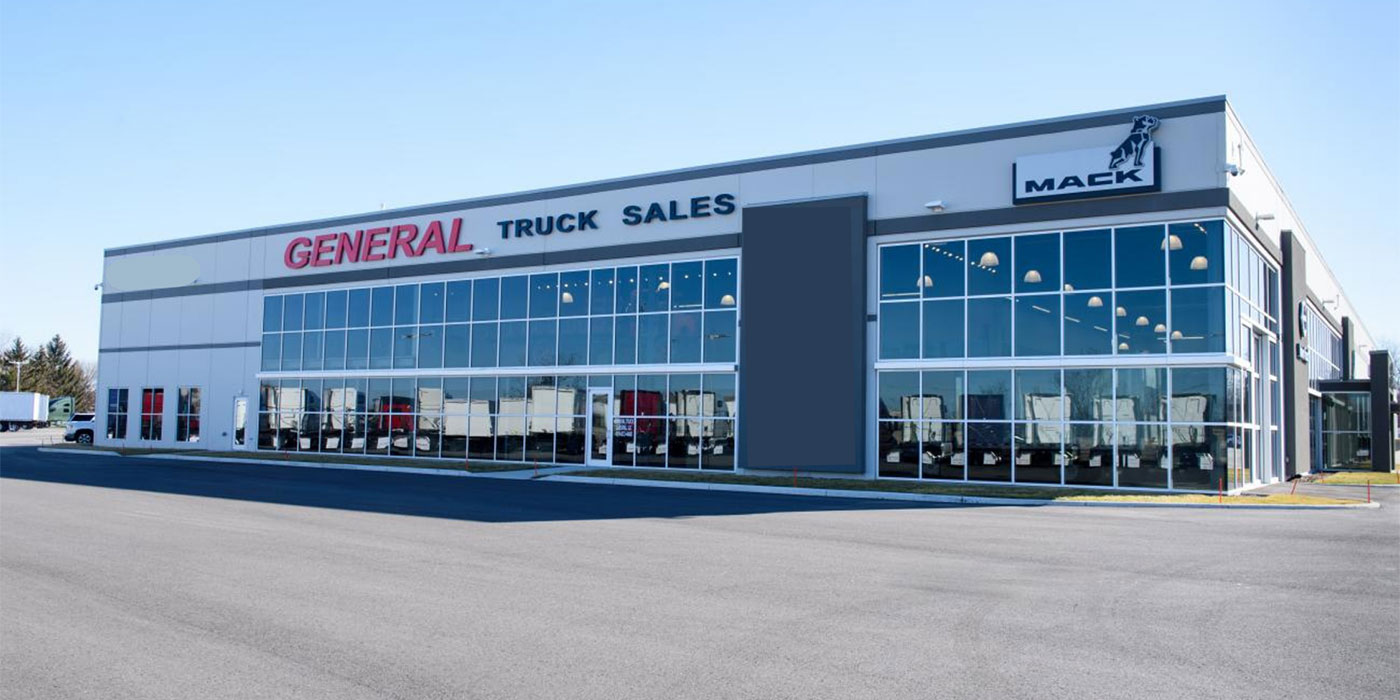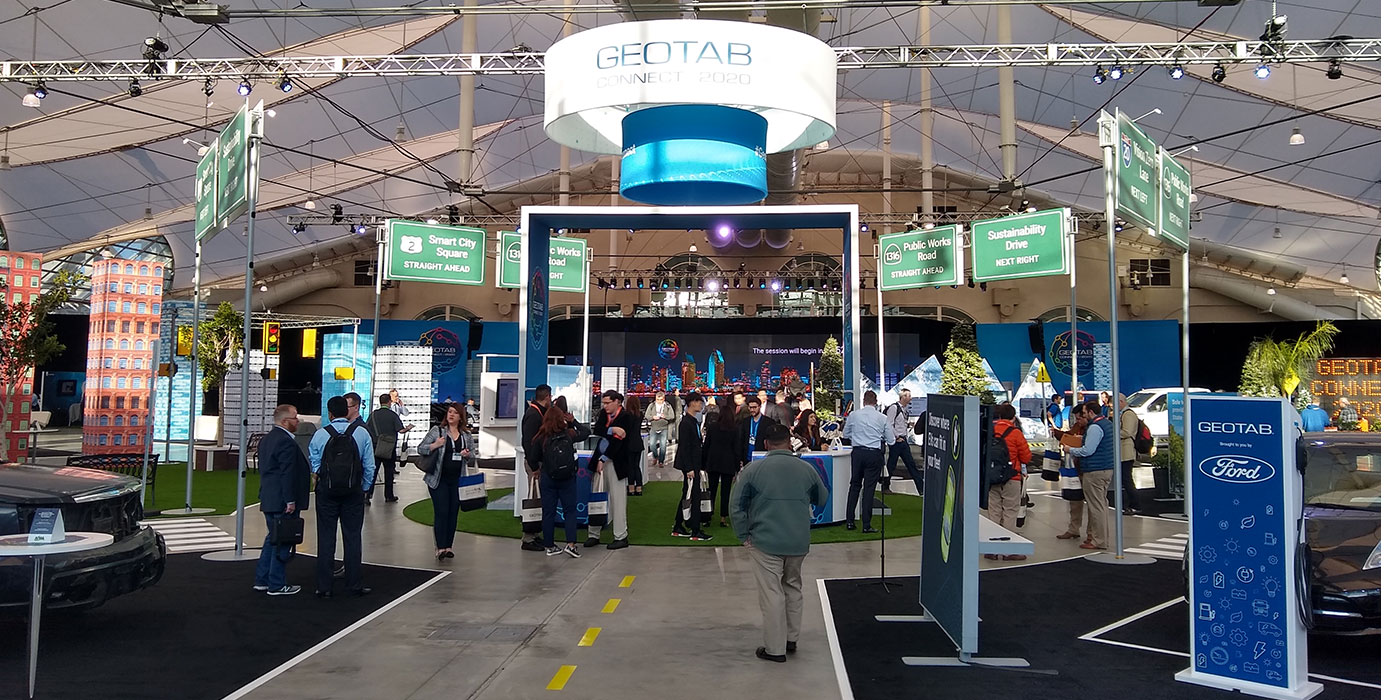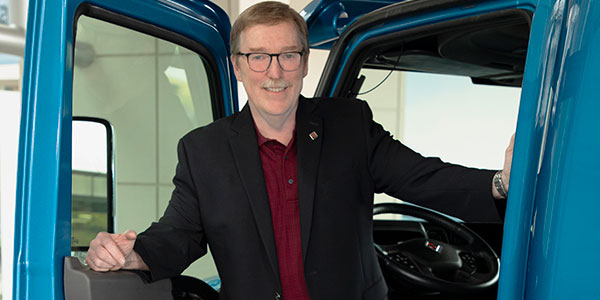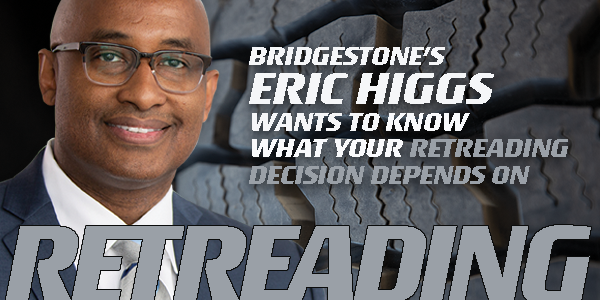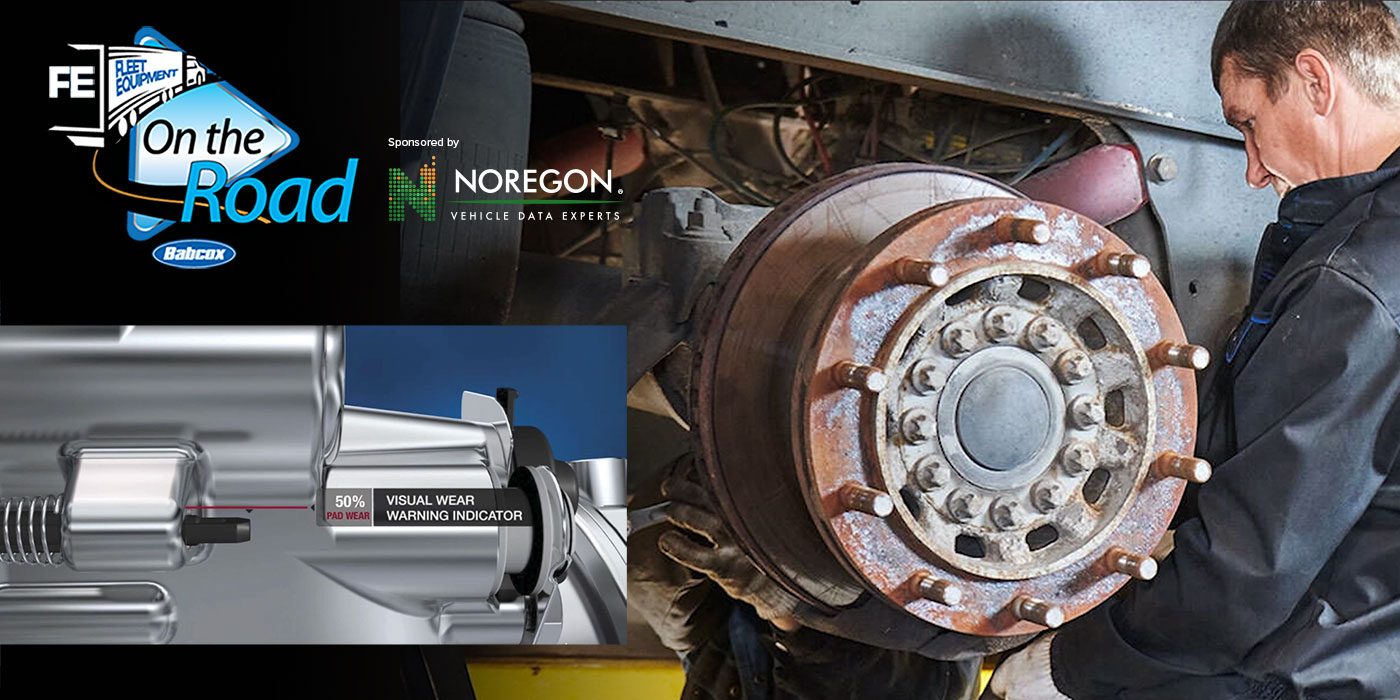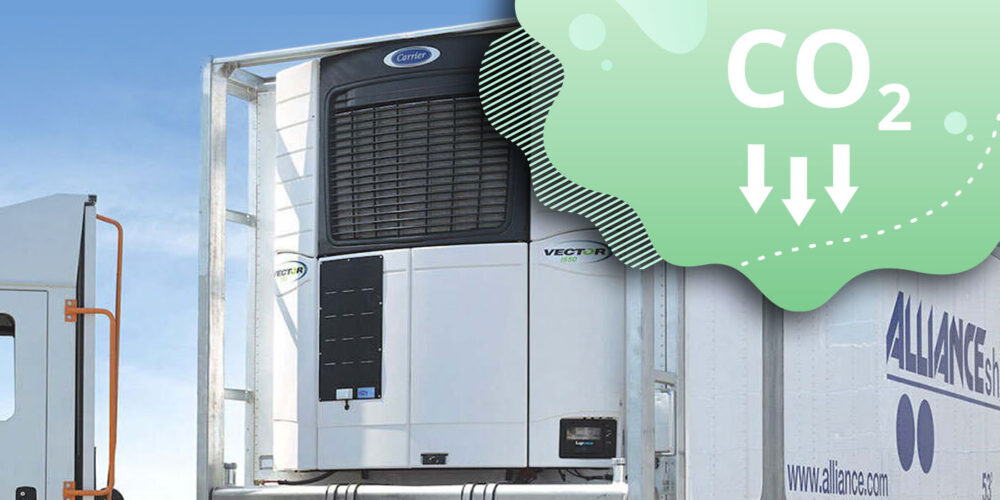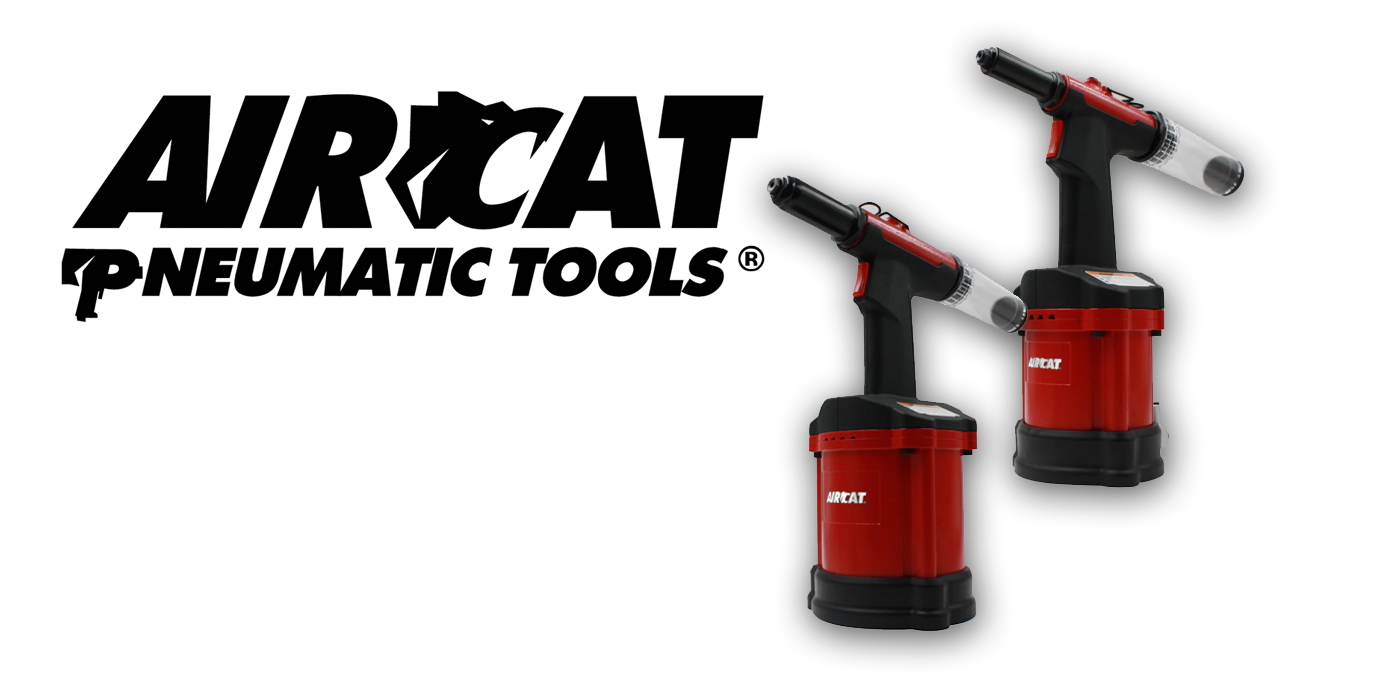Questions that often come up when fleets are spec’ing truck bodies are related to the materials used in roofs and sidewalls. And one trend, especially in the area of roofs, has been the use of composite materials in place of traditional aluminum sheets.
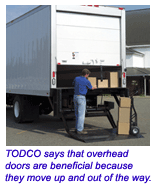
“We’ve seen significant use of composite roofs in dry van applications,” says Jim Canaday, business manager at Crane Composites. “The percentage of specs with these materials is actually higher in truck bodies than trailers.”
Formerly known as Kemlite Co., Crane Composites Inc. (a subsidiary of Crane Co.) is a provider of fiber-reinforced composite materials. The manufacturer’s primary products used by the trucking industry include translucent roof panels for dry van trailers and truck bodies, liner panels used in refrigerated trailers and truck bodies and heavy-duty scuffplate panels for dry and refrigerated trailers and van bodies.
“Composite products offer superior performance characteristics, such as strength, durability and minimal weight,” Canaday says. “Composite roofs can be specified to vary light transmission from one to 30 percent. The advantages of having light inside a body for many types of pickup-and-delivery operations include faster loading and unloading times, the ability to more easily read pallet and package labels, better visibility for less damage to cargo and increased safety for drivers.”
“Another part of the value of composite roofs is that they do not conduct heat like metal roofs,” Canaday says, “Aluminum is 100 times more heat conductive, for example. Temperature control is very important to some fleets. Snack food companies, for instance, are concerned because when the temperature in the truck rises it can change the complexion or taste of the product.”
Some refrigerated van bodies are being specified with non light-transmitting composite roofs as well. While light can attack and degrade foam insulation, these types of operations also want to prevent heat from getting in, according to Canaday. Maintaining cooler internal temperatures means refrigeration units run less and burn less fuel.
Crane’s expanded roster of products includes composite materials for use in truck body sidewalls.
“There’s been a lot of exploration by manufacturers into these technologies, but adoption has been slow so far, in part because plants are set up to produce traditional riveted metal walls,” Canaday says. “Composites can save weight and cube, though, so we believe the industry will move to sidewall systems.”
Body basics
In addition to choosing materials, fleets specifying truck bodies have to address a number of considerations. Available from the industry’s body manufacturers for these companies is a wide range of information for specifying the most effective, productive and cost efficient designs.
An online offering from Utilimaster Corp., for example, is the company’s 34-page Utilimaster Glossary of Terms. Useful when ordering a new vehicle, considering options, or looking up replacement parts, the guide covers terms common in the industry, including models, parts, options, procedures and tools.
Morgan Olson also makes information available online, including a list of questions to consider when specifying bodies. For walk-in vans, the company points out, fleets should know what type of rear doors they need and whether a bulkhead or partition between the cab and cargo area is required.
Other questions on the list include whether a liftgate helps with an application and whether there are critical dimensions to consider, such as specific lengths to carry certain products. In addition, how much payload do you need, will you be backing up to a dock and what type of rear bumper are among other things to ask.
The Morgan Olson list also covers body interiors. For example, it asks if additional cab or cargo lighting, or cab or cargo vents are needed. Other topics include whether enhanced seating with lumbar support, arm rests, or premium seat coverings are a necessity as well as if seating for a passenger is needed? Also addressed are the kinds of optional cab equipment needed, such as cup holders, dash fans, dash worktables, printer stands, document holders, interior or exterior grab handles, 12V power, rear vision systems or sound deadening packages.
Door details
A direct reflection of types of cargo carried and types of delivery locations visited, door considerations also are a part of specifying truck bodies. TODCO, a division of The Overhead Door Corp., offers helpful information about making door choices and spec’ing doors for truck bodies.
For example, TODCO notes that overhead doors can be beneficial because they lift up and out of the way, and there’s no worry about clearance required for swinging doors. With these designs, the company points out, a driver can back up to a dock or down a tight alley and then open the door. Drivers also can get to loads faster with roll-up doors, saving time on each delivery.
Understanding door finish definitions also is important. The prime coat, for example, is the first coating applied to a plywood overhead door. The panels are then ready to accept a second coat, or top coat, in the color of choice. An aluminum clad door has a thin layer of aluminum wrapped around the outside of the panels while panels of an extruded aluminum door are made entirely of aluminum.
A drop-in door includes just door panels and hardware. A complete door also will include track and counterbalance. When measuring for a replacement door, TODCO advises, the “opening width” is the width of the space that an overhead door will need to cover. Provide actual measurements of the width of the body, from the left inside wall to the right inside wall (post-to-post). “Opening height” is the height from the inside floor to the inside ceiling, and the distance from the inside floor sill to the underside of the header.
Whiting Door Manufacturing Co. provides fleets with easy access to a roll-up door order form, incorporating drawings that illustrate and define key dimensions, including:
• Sill to Header – Distance from where the door sits on the sill to the bottom of the header, also called “opening height;”
• Sill to Ceiling – Distance from the sill to the bottom of the lowest obstruction, either a roof bow or the finished ceiling;
• Post to Post – Distance between the posts at the narrowest point, also called “opening width;” and
• Wall to Wall – The point where the back side of the track on a roll up door will be positioned. This measurement is the finished distance – wall-to-wall.
Liftgate logic
“Specifying the correct liftgate will increase efficiency and create a safer operating environment,” says Ted Raquet, vice president of sales at Maxon Lift Corp. “Fleets vary widely in the nature of their operations, so each has different liftgate needs.”
There are several key questions to ask when specifying liftgates, according to Raquet. These include the type, weight and size of the cargo that is being hauled to effectively determine the liftgate platform size, type and capacity. In addition, the type of material handling devices used to load and unload the product, such as small or large pallet jacks, rolling racks and hand carts, determines platform size and retention system needs.
The number of times per day the driver will use the liftgate and how much travel time is between each stop, Raquet continues, determines battery requirements, type of liftgate and maintenance considerations. Furthermore, the distance between the floor of the body and the ground determines liftgate bed height requirements while retention systems, including single and dual cart stops and retention ramps, may be required if loads are on wheels.
For fleets considering one of these three liftgate ride types, Raquet offers the following profiles. Standard Ride units are used for fairly light loads, only require a small platform, have non-palletized cargo, and low to medium cycles and stops. Level Ramping Ride users carry bulky, heavy loads, require relatively large platforms, handle palletized cargo and have a medium number of cycles and stops. Level Ride users carry medium to very heavy cargo, require a large platform, handle palletized or cart loads and have a medium to high number of cycles and stops.
WALTCO Truck Equipment Co. offers its “Spec a Liftgate” form as a general guideline. On the form are the following questions:
1.) The liftgate will be mounted on the ________ of the vehicle.
2.) What type of vehicle and body will the liftgate be mounted on ?
3.) The body will have a ______ door.
4.) What is the maximum weight of the cargo to be raised or lowered, including cargo handling devices?
5.) What are the dimensions of the largest cargo to be lifted or lowered, including cargo handling devices?
6.) What is the floor to ground measurement of the vehicle?
7.) Will dock loading capability be required?
Chassis choices
The selection of a truck manufacturer is an important part of the consideration fleets have when spec’ing bodies. OEMs, in turn, have addressed these challenges in formal programs and by making information available to fleets, body builders and upfitters.
International Trucks, a Navistar company, for instance, offers Web access to its Body Builder Resource Center. Included on the site is comprehensive parts and technical service information on topics such as diagnostic trouble codes, circuit diagrams and a complete body builder’s electrical guide. Another offering is a Body Integration Quick Reference chart detailing part names, descriptions and numbers for a long list of power modules, brackets, connectors, switches and harnesses, among other items.
Another OEM offering aimed at helping ensure proper body installation is the Kenworth Medium Duty Body Builders Manual, a free online offering from Kenworth Truck Co. for its T300 medium-duty conventional chassis. Intended for companies that install bodies and associated equipment, and dealers who sell the OEM’s medium-duty vehicles, the manual can also be very useful when specifying a vehicle, particularly when the body builder is involved in the vehicle definition and ordering process.
The Kenworth manual was created to provide body builders with appropriate information and guidelines useful in the body planning and installation process. This information can be helpful when installing bodies or other equipment.
The manual, for example, contains information in several key categories, including safety signals and standards, and electrical circuits, wiring for liftgates and liftgate power sources, as well as engine connections for PTOs.
Other areas covered in the manual from Kenworth are dimensions and locations for crossmembers and fuel tanks, details on component mounting and frame rail configurations for battery boxes and air tanks, fuel tanks and horizontal, vertical and transverse mufflers. Body mounting issues covered include clearances for rear wheels and cabs, chassis reinforcements, frame sill brackets, mounting holes and frame drilling, spacers, frame modifications and inserts, and welding precautions.
There are numerous advantages for fleet managers who work closely with manufacturers to ensure that bodies are properly designed and mounted to vehicle chassis. It’s imperative for OEMs, dealers, body builders and fleets to work together so each body can be installed easily and efficiently when the builder takes delivery. In the end, that will ensure that fleets receive a safe, reliable and durable vehicle to meet their needs.
TRUCK BODY, DOOR & LIFTGATE RESOURCES
Body Manufacturers
Mickey Truck Bodies—
www.mickeybody.com
Morgan Olson—
www.morganolson.com
Reading Truck Body—
www.readingbody.com
Supreme Corp.—
www.supremecorp.com
Utilimaster Corp.—
www.utilimaster.com
Door Manufacturers
TODCO—
www.todco.com
Whiting Door Manufacturing Corp.—
www.whitingdoor.com
Liftgate Suppliers
Anthony Lift Gates—
www.anthonyliftgates.com
Interlift—
www.interlift.net
Maxon Lift Corp.—
www.maxonlift.com
Waltco Truck Equipment Co.—
www.waltco.com

